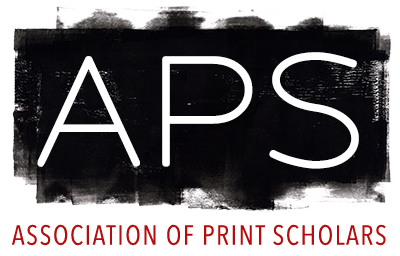Phenomenology and Early Modern Cartography (New Orleans, 22-24 Mar 18)
Now that a generation of cartographic studies have followed upon the heels of post-structuralism, it is time to ask where the study of early modern maps is next headed. A potential third avenue explores a phenomenological approach, investigating how sensory perceptions augment—or conflict with—the mapping of cities/territories by individual cartographers and the reading, buying, carrying, displaying, and treatment of maps by purchasers or users.
We seek papers that deal with individual responses to maps that help us better understand the way their makers and users interacted with them, as well as how they may have been read against their intentions by particular users. Questions these papers might consider include (but are not limited to): How did the use of surveying instruments augment or replace visual apprehension? How accurately could conventions of scale be read by viewers? Did some purchasers read maps differently than others? How did artist-engineers discuss the practice of surveying (the field assessment) and the production of maps (the picturing)? How did maps allude to—or not—the use of optical devices and measuring instruments? How easy was it to interpret a map in the field?
Proposals addressing any geographic area are welcome.
Please send an abstract (150-word maximum), paper title (15-word maximum) and a brief CV (300-word maximum) to Leslie Geddes (Tulane University) and Mark Rosen (University of Texas at Dallas) at lgeddes1@tulane.edu and mxr088000@utdallas.edu by May 30, 2017.

Leave a Reply
You must be logged in to post a comment.